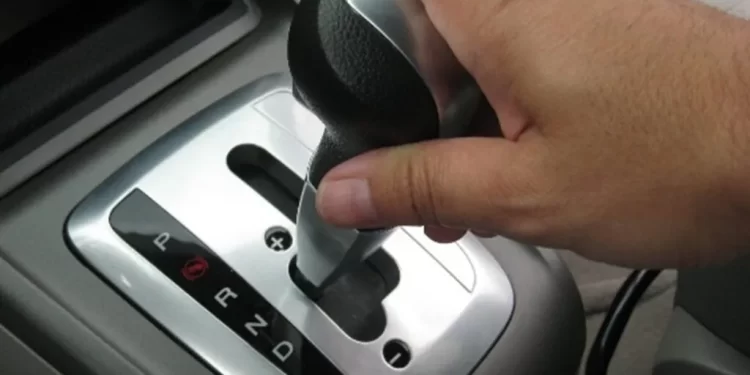The ABCs of shifting: Understanding and executing gear changes in automatic cars
As a radio-based auto show host there is a question I encounter a lot and that is; what is the proper way of shifting between gears in an automatic car (including double clutch and CVT Transmissions)?, so I did a bit of research and spoke to one of my foremost auto resource persons (Jacob Mensah of Brian’s Toyota) and came up with this guide.
A car transmission is a crucial component that transfers power from the engine to the wheels, allowing a vehicle to move forward or backwards. It plays a vital role in controlling the speed and torque applied to the wheels, enabling the driver to change gears and adapt to various driving conditions.
There are two primary types of car transmissions: manual and automatic. In a manual transmission, the driver manually engages different gears using a clutch pedal and gear shifter. In an automatic transmission, gear changes are managed automatically by the vehicle’s computer system, requiring no manual clutch operation.
To change an automatic car transmission from “Drive” to “Park,” follow these steps:
Bring the vehicle to a complete stop: Ensure that the vehicle is completely stationary before attempting to shift into “Park.” This is important to prevent any potential damage to the transmission.
Keep your foot on the brake pedal: Maintain pressure on the brake pedal throughout the shifting process. This is a safety precaution to ensure the vehicle remains stationary.
Locate the gear selector: Look for the gear selector lever, typically positioned on the centre console or on the steering column. It is usually labelled with various positions such as “P” for Park, “R” for Reverse, “N” for Neutral, and “D” for drive.
Engage the parking gear: Move the gear selector lever from “Drive” to “Park” position. Depending on the vehicle, you may need to press a button or release a lock mechanism before shifting into Park. Refer to your vehicle’s owner’s manual if you encounter any difficulties.
Verify the gear engagement: Once you have moved the gear selector to the “Park” position, check your instrument cluster or the gear indicator on the dashboard to ensure that the transmission has successfully shifted into Park. Additionally, try releasing the brake pedal gently to see if the vehicle remains stationary. If it rolls or moves, the gear may not have engaged correctly, and you should repeat the process.
Turn off the engine: Once the transmission is in Park and the vehicle is stationary, you can proceed to turn off the engine by using the ignition key or pressing the engine start/stop button.
The specific location and design of the gear selector may vary slightly depending on the make and model of the vehicle. Always consult your vehicle’s owner’s manual for precise instructions tailored to your car.


